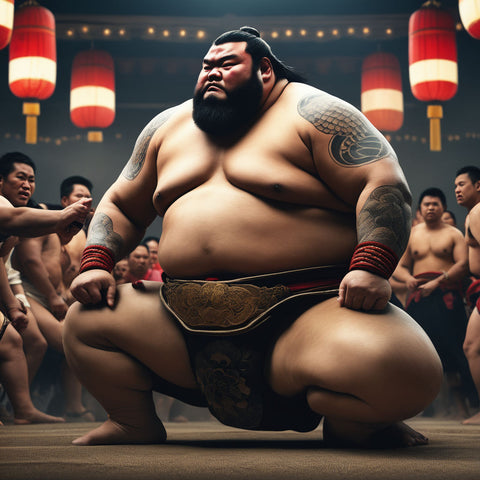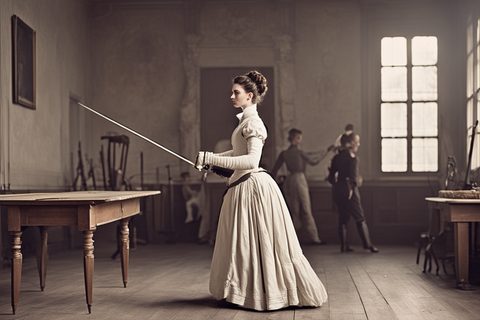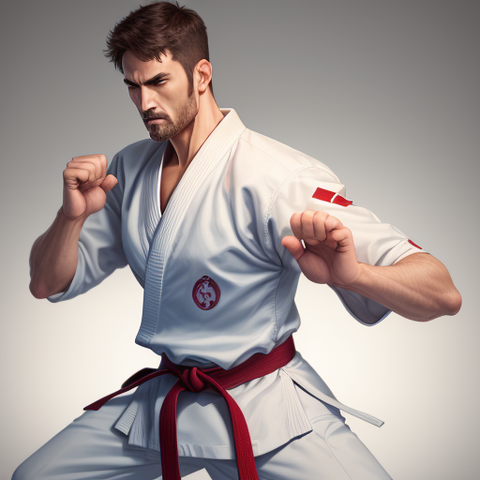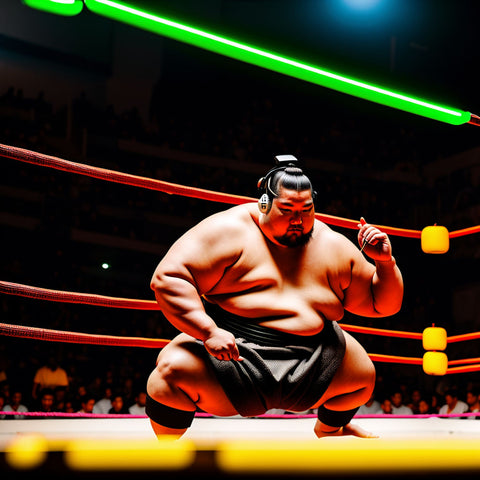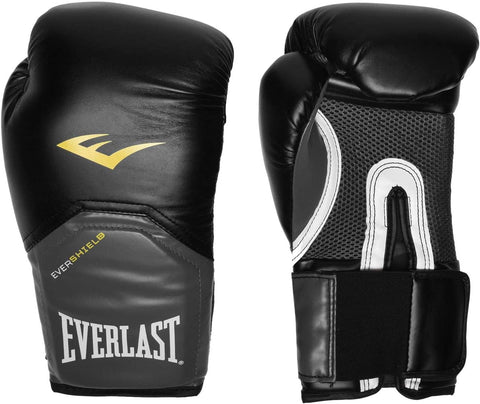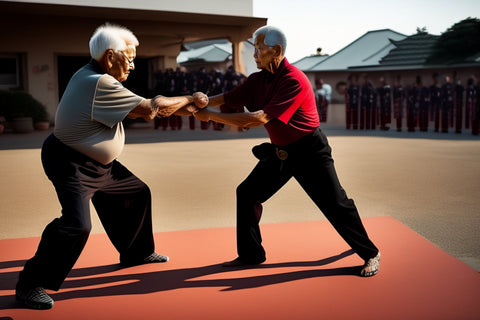Karate Offensive or Defensive - Mastering the Art of Balance

I vividly remember a moment during my early days of karate training when the principle of self-defense techniques was educated. However, during a sparring session with a fellow student having a defensive strategy, utilizing blocks and evasive maneuvers to protect from my opponent's attacks was not enough. Therefore, you will soon realize that solely relying on defense wouldn't be enough to secure victory.
Karate is a martial art that can be both defensive and offensive, depending on the context and application. Originally developed in Okinawa, Japan, karate focuses on striking techniques such as punches, kicks, knee strikes, and elbow strikes, as well as various blocking and evasive maneuvers.
Karate for Self-Defense
There are many arguments from its origin to many sensei teaching which is why Karate is deemed defensive instead of offensive.
In "Karate-Do: My Way of Life" by Gichin Funakoshi, the founder of Shotokan Karate and some called him the "Father of Modern Karate", shared his perspective on the philosophy and principles behind karate. He created Shotokan to focus on self-defense, highlighting the importance of balance and harmony in martial arts practice.
Funakoshi's “20 Principles of Karate" resonate with the deeper purpose of karate beyond fighting and more into defense. In particular, these 2 principles seem to be more on defense.
- Principle 2 states There is no first strike in karate.
- Principle 12 states Do not think you have to win. Think, rather, that you do not have to lose.
Sensei Keigo Abe, who was in the Japan Karate Association (JKA) before becoming the Chief Instructor of the Japan Shotokan Karate Association (JSKA) in 1999 said one of the 3 objectives of JSKA is "Learn self-defense as a martial art".
He had an accomplished record as a karate tournament competitor, taking first place in the inaugural JKA National Championship, first place in the team competition at the 1973 JKA International Friendship Tournament, and first place in the second and third Japan Karatedo Federation National Championships representing Tokyo.
Karate is not solely about fighting and aggression. Traditional karate styles often emphasize self-control, respect, and discipline. The practice of karate can promote personal growth, mental discipline, and a sense of balance between physical and mental well-being.
In "Dynamic Karate" by Masatoshi Nakayama, a renowned discipline of Funakoshi and a karate master presents a comprehensive guide that covers offensive and defensive techniques in detail. This book provides step-by-step instructions, accompanied by illustrations, on various strikes, blocks, and counter-attacks. Nakayama also embedded the self-defense philosophy with the 1968 book Practical Karate: A Guide to Everyman's Self-defense.
Karate emphasizes defensive techniques to protect oneself from potential attacks. One of the most iconic defensive moves in karate is the "block." Karateka uses various types of blocks, such as the rising block, inside block, and outside block, to deflect and neutralize incoming strikes.
Have you ever considered learning karate on your own? With the rise of online tutorials and instructional videos, it may seem like a feasible option. But is it really possible to master this martial art without the guidance of a trained instructor? In this article, we'll explore the concept of self-taught karate and whether it's a viable option for beginners.
Karate As Offensive Sports
While Karate places importance on self-defense and protection, it also trains practitioners in strikes to effectively neutralize opponents. However, in our post on offensive martial arts, we did not list Karate as the top 10 offensive martial art, given other more renowned aggressive martial arts like Krav Maga or Bakom.
In National Geographic’s Fight Science program, four fighters from various different martial arts backgrounds including Boxing, Taekwondo, Karate, and Kung Fu were required to perform their strongest punch and the Karate martial artist fared 3rd behind boxing and taekwondo.
| Martial Arts Style | Punching Force (N) |
|---|---|
| Boxing | 4417 |
| Taekwondo | 4079 |
| Karate | 3630 |
| Kung Fu | 2722 |
Nevertheless, by utilizing a combination of punches and kicks, you can catch your opponent off guard in Karate, scoring a point and gaining the upper hand. The "Kumite" category focuses on sparring and offensive and defensive exchanges against adversity or competitor. It teaches practitioners how to generate power, speed, and precision in their strikes, allowing them to effectively attack and subdue opponents. Offensive techniques in karate involve delivering powerful strikes to vulnerable targets on an opponent's body with the intention of disabling or incapacitating them.
This experience of being both defensive and offensive is important in karate. Winning a karate competition requires distancing and adapting to the situation, recognizing openings, and capitalizing on them to succeed.
Sky Hoon. About
Martial Art Fan
He started his love on martial arts by watching MMA and Angela Lee. He then started this blog to learn more about the different martial arts.
Other Posts By Author


